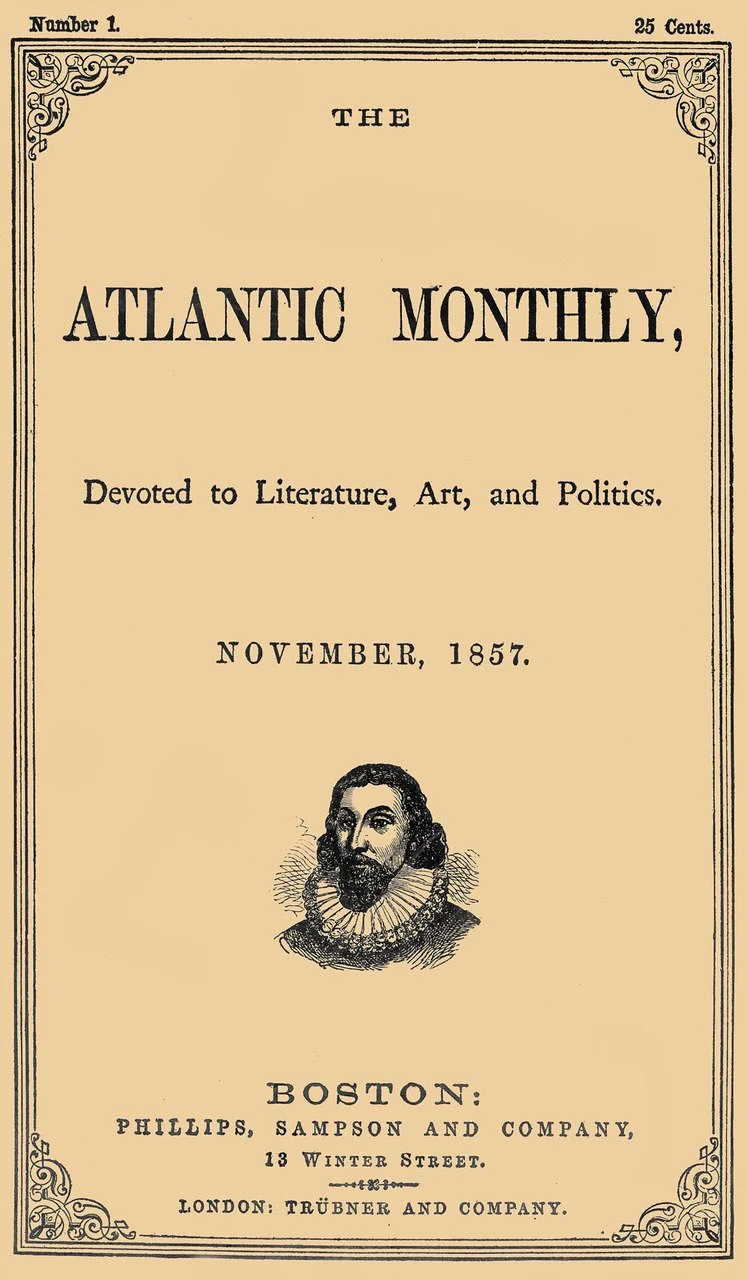
The Lyceum
A gathering place for engaging Emersonian content to educate & entertain.
Discover Concord
To read more about the people and places of Concord, Massachusetts, we invite you to explore the current and back issues of Discover Concord, a visitor-focused magazine available in print and online. The Emersons and their friends are frequent subjects of articles, some of which are penned by our own Emerson House guides.
Emerson’s Study
When the Ralph Waldo Emerson Memorial Association (RWEMA) took ownership of the Emerson House in 1930 and turned it into a seasonal museum, the original contents of Emerson’s study were moved across the street to a replica in the Concord Museum to preserve year-round access for visitors. Today, both can be visited. In 2020, the Concord Museum produced a short video tour of Emerson’s home study, discussing its importance both to Emerson and as the intellectual center of mid-19th century America.
Lidian Jackson Emerson
Continuing a series on the strong women in Ralph Waldo Emerson’s life with a profile of his wife Lidian (Lydia) Jackson Emerson, who worked to relieve the suffering of people and animals while also managing a busy household and supporting her husband’s work. A co-founder of Concord’s Female Anti-Slavery Society, Lidian encouraged Emerson’s own involvement in the abolitionist movement.
Mary Moody Emerson
Beginning a series on the strong women in Ralph Waldo Emerson’s life with a profile of his Aunt Mary Moody Emerson, who helped raise him after his father died and had a profound influence on his life and works. Credited as being his “earliest and best teacher,” Mary laid the foundation of Transcendentalism for her nephew and was an inspired writer in her own right. She was also active in the antislavery and women’s rights movements.
Emerson’s Impact on Concord
Ralph Waldo Emerson had a lifelong association with the town of Concord, descending from one of its founders and periodically living with relatives there before making it his permanent home in 1835. Emerson was actively engaged in the town’s intellectual and civic life and both he and Lidian were involved in social reform movements. Nicknamed the “Sage of Concord,” one of Emerson’s greatest impacts on the town was drawing many of the leading writers, educators and reformers of the 19th century to his Concord home.
The Man at the Top of the Stairs
A profile of U.S. Senator Charles Sumner, a noted abolitionist whose friendship with Ralph Waldo Emerson strengthened around their mutual antipathy for the Fugitive Slave Act of 1850. Through Sumner, Emerson met President Lincoln in 1862, and when Sumner died in 1874, Emerson was one of his pallbearers. A portrait of Sumner hangs on the second floor of the Emerson House.
Emerson and The Atlantic Monthly
In the spring of 1857, a group of like-minded men met at Boston’s Parker House Hotel brainstorming ideas for a new magazine. The co-founders of what would become The Atlantic Monthly included Ralph Waldo Emerson, Henry Wadsworth Longfellow, James Russell Lowell, Oliver Wendell Holmes, and several others. The magazine—now known as The Atlantic—has been published continuously since its first issue in November 1857.
Emerson Meets Lincoln
Ralph Waldo Emerson met Abraham Lincoln on two occasions. First in January 1853, when Emerson was lecturing in Springfield, Illinois and a then-unknown Lincoln was in the audience—and again in February 1862, when Emerson was invited to the White House to meet with President Lincoln. Initially unsure of his feelings about the President, Emerson was soon won over. He conveyed his admiration in a moving eulogy delivered after Lincoln’s assassination in 1865.
Lidian Jackson Emerson
A biographical profile of Lydia “Lidian” Jackson, Ralph Waldo Emerson’s second wife, whom he married on September 14, 1835. The newlyweds moved to their Concord home the following day, where they would remain together for the next 47 years.









